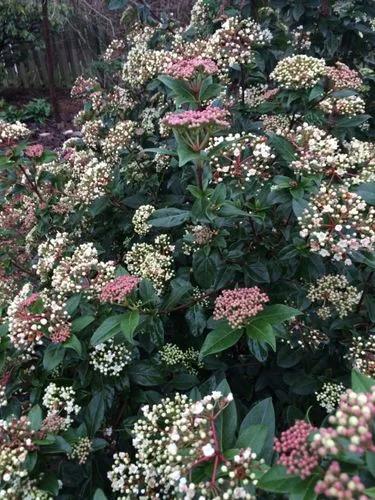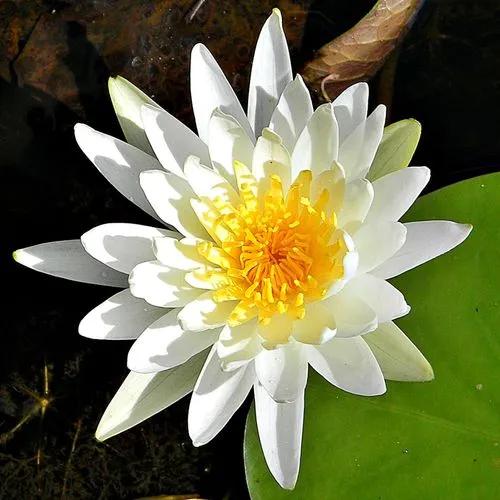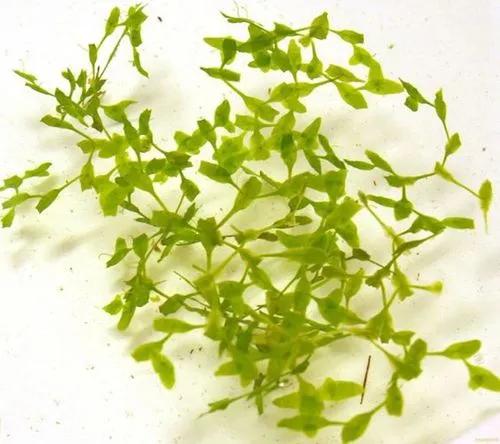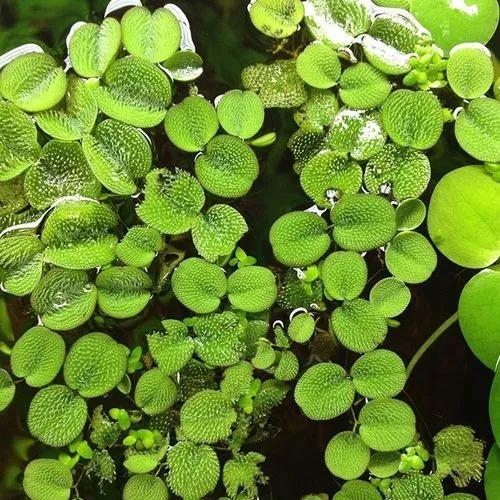Glyceria fluitans (syns Festuca fluitans, Poa fluitans, Panicularia fluitans), known as floating sweet-grass and water mannagrass, is a species of perennial grass in the genus Glyceria native to Europe, the Mediterranean region and Western Asia and occurring in wet areas such as ditches, riverbanks and ponds.
Floating Sweet-Grass Care
Glyceria fluitans



It has a creeping rootstock, a thick stem which rises to one metre. The leaves are long, narrow and pale green, rough on both sides, often folded at the keel which lies on the surface of the water.
This plant might be poisonous
How to get rid of:
It is often more effective with tall herbaceous plants, such as
grasses, and some woody weeds to first slash the area and only
spray the re-growth. Allow 3–4 weeks for new lush growth and
then spray. Most chemicals works best when plants are healthy
and actively growing. By removing dry stems and forcing the plant
to put on new growth the uptake of herbicide will be improved.
This method has the added benefit of opening up the space and
improving access, and can result in less herbicide being used.
How to Care for the Plant

Popularity

20 people already have this plant 3 people have added this plant to their wishlists
Discover more plants with the list below
Popular articles






